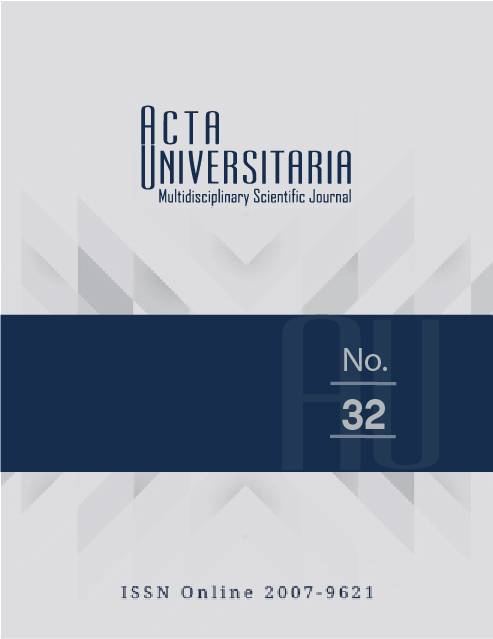The scaffolding of the United States externalization of migration policies in Mexico and Central America
Published 2022-02-23
How to Cite
Abstract
The objective of the article is to analyze the growing trend of externalization strategies used by the United States to control migration flows through an increasing interference in México and Central America, aimed at carrying out its migration agenda. Based on the analysis of migration policies implemented in the region in the last two decades, it is
possible to argue that the United States has increased efforts to contain migratory flows before they arrive at the border with Mexico, either through direct migration control agreements or development cooperation strategies. However, the externalization of migration policy has been ineffective in reducing migration flows in the long run. On the
contrary, the findings suggest that it has led to a gradual securitization approach to migration, which does not guarantee the migrants and refugees right to international protection and humanitarian assistance.

